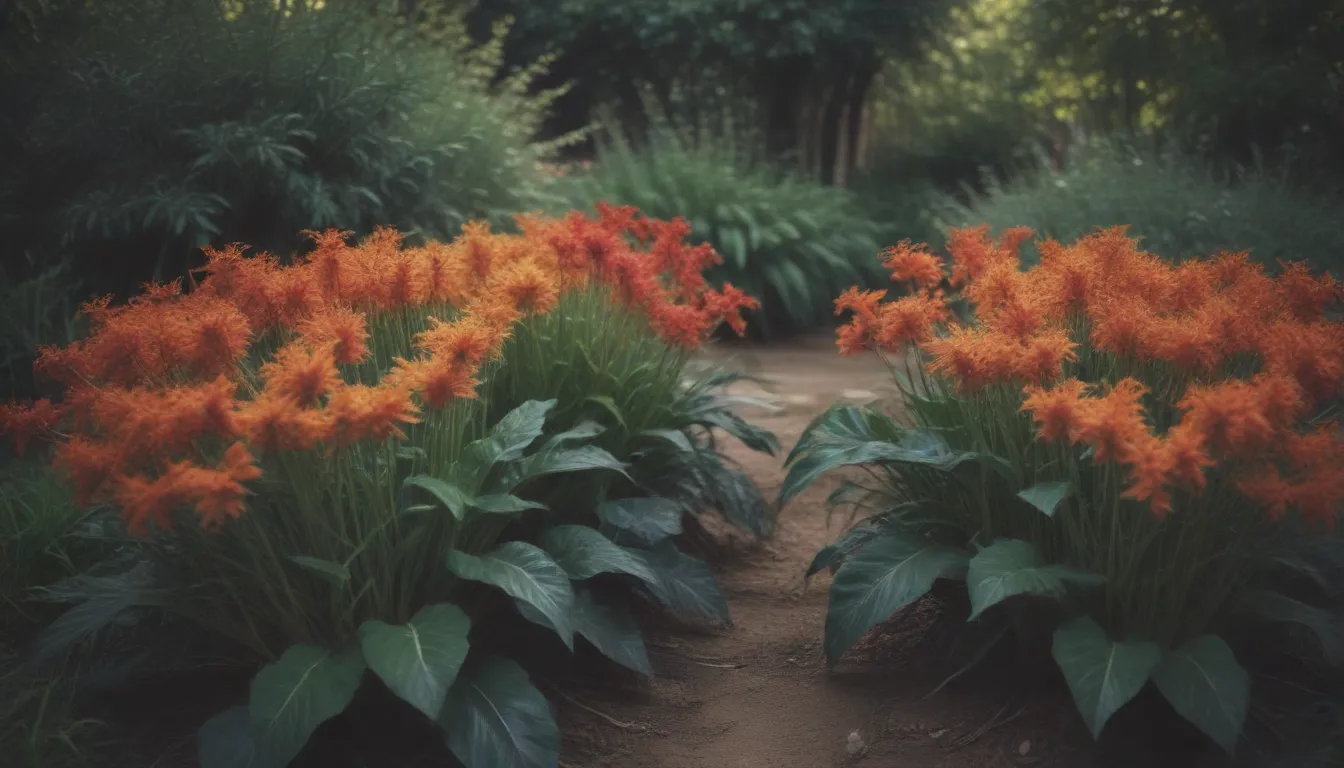Struggling with Aggressive Plants in Your Garden? Here’s How to Deal with Them

Aggressive plants can quickly take over your garden if not kept in check. It’s important to understand the difference between invasive plants and aggressive growers. Invasive plants can cause harm to the ecosystem by outcompeting native species, while aggressive growers simply grow too enthusiastically in their ideal conditions.
Have you ever planted something thinking it would make a nice border, only to watch it spread out of control? It’s essential to know which plants are aggressive in your area and how to manage them. Here are some tips on dealing with aggressively spreading plants in your garden:
Understanding Different Types of Aggressive Plants
Plants that spread out and take over your garden typically fall into two categories:
Profuse Self-seeding Plants
- Aggressive self-sowers can be more challenging to control in warm climates.
- Common examples include maiden grass and butterfly weed.
Plants that Spread by Runners
- Plants that spread by rhizomes present a significant challenge.
- Keep an eye out for plants described as “vigorous,” such as running bamboo or ribbon grass.
It’s essential to be aware of the plants in your garden and how they spread. While some gardeners enjoy the look of these aggressive plants, controlling them can become an ongoing task.
Dealing with Common Aggressively Spreading Plants
Here are ten common garden plants known for their aggressive spreading tendencies:
Bee Balm (Monarda didyma)
- A favorite at plant swaps, bee balm quickly forms large clumps.
- Flowers in various shades attract butterflies but may suffer from powdery mildew.
- USDA Hardiness Zones 4-9.
Bellflower, Spotted (Campanula punctata)
- Delicate appearance belies strong rhizomes that can push through asphalt.
- Consider planting in containers to prevent spreading.
- USDA Hardiness Zones 4-9.
Chinese Lantern (Physalis alkekengi)
- Fascinating orange lantern-like flowers, edible fruit inside the pod.
- Regularly cut to prevent self-sowing and spreading via rhizomes.
- USDA Hardiness Zones 3-9.
Evening Primrose (Oenothera biennis)
- A ground cover that can quickly take over an area.
- Blooms throughout the summer and has medicinal uses.
- USDA Zones 3-11.
Loosestrife (Lysimachia sp.)
- While not necessarily invasive, Lysimachia plants can travel.
- Gooseneck and Purple Leaved Loosestrife are especially prolific spreaders.
- USDA Hardiness Zones vary.
Hollyhock Mallow (Malva alcea)
- Self-seeding plant perfect for cottage gardens.
- Newer varieties may not seed as freely, reducing the spread.
- USDA Hardiness Zones 4-8.
Lamb’s Ear (Stachys byzantina)
- Soft foliage makes it popular but can die out in the center of clumps.
- Sterile varieties like ‘Helen Von Stein’ prevent self-sowing.
- USDA Hardiness Zones 4-10.
Lily-of the-Valley (Covallaria majalis)
- Beautiful scent but can quickly take over an area.
- Considered a ground cover and thrives in dry shade.
- USDA Hardiness Zones 3-9.
Obedient Plant (Physostegia virginiana)
- Rhizomatous runner that can pop up unexpectedly.
- Look for better-behaved varieties like ‘Miss Manners.’
- USDA Hardiness Zones vary.
Wormwood (Artemisia ludoviciana)
- Silvery foliage adds beauty to the garden but can be aggressive.
- Control by planting in full sun and well-drained soil.
- USDA Hardiness Zones 3-9.
Tips for Controlling Aggressively Spreading Plants
- Regular Maintenance: Keep an eye on these plants and consistently trim or remove any spreading growth.
- Divide and Conquer: Divide clumps of aggressive plants to control their spread and minimize their impact.
- Mulch: Use mulch to restrict the growth of rhizomes and prevent self-seeding.
- Containment: Plant aggressive spreaders in containers to prevent them from taking over your garden.
- Regular Monitoring: Stay vigilant and regularly inspect your garden for signs of aggressive growth.
Remember, while these plants can be beautiful additions to your garden, they require careful management to prevent them from becoming a nuisance. By understanding their growth patterns and taking proactive measures, you can enjoy their beauty without letting them take over.





